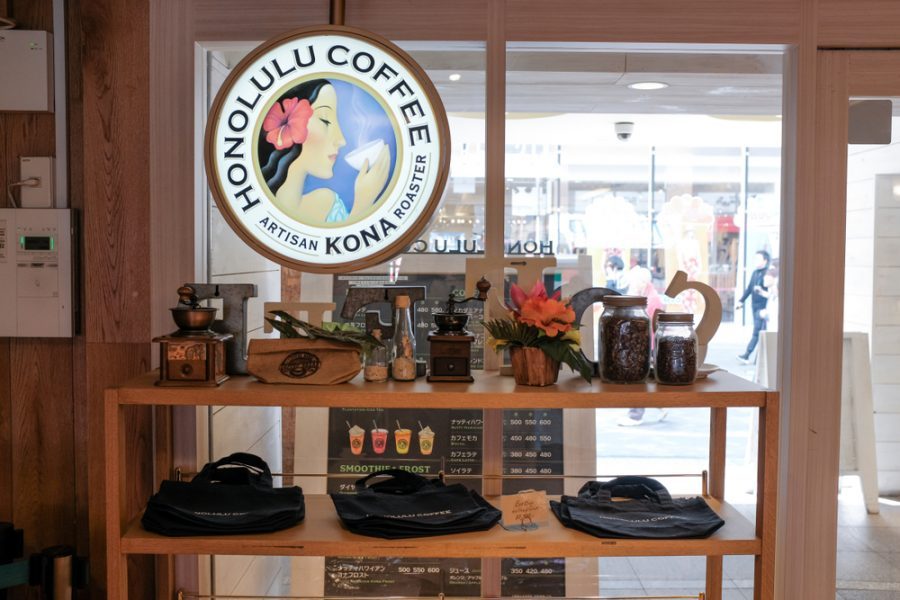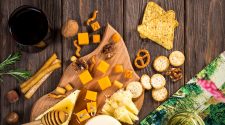Coffee fans must have heard about Kona coffee, but do you understand some interesting facts about it? And when you don’t have a concept about this espresso, then go to the object to recognize what it is, Kona Espresso! Kona coffee is widely recognized for its top-class quality. The taste and aroma of Kona espresso are excellent, which is what all humans say from the arena.
This real beverage call is Arabica espresso, but the market has given Kona coffee calls. If you haven’t tried this great espresso, you might lack the possibility of tasting and experiencing one of the things that offered a better lifestyle!
Espresso was planted with Kona around Hawaii, and for this reason, it was far referred to as Kona Espresso, which could be a very cheap call. So, let’s recognize some exciting notes about Kona coffee and what makes it very unique.
Taste of Kona coffee
When we talked about Kona coffee taste, suppose it felt like a fruit coffee mixture. Traditionally Kona needs to be sweet and medium with the right amount of acidity. It feels like it should be bitter and have to turn on your buds on your tongue immediately.
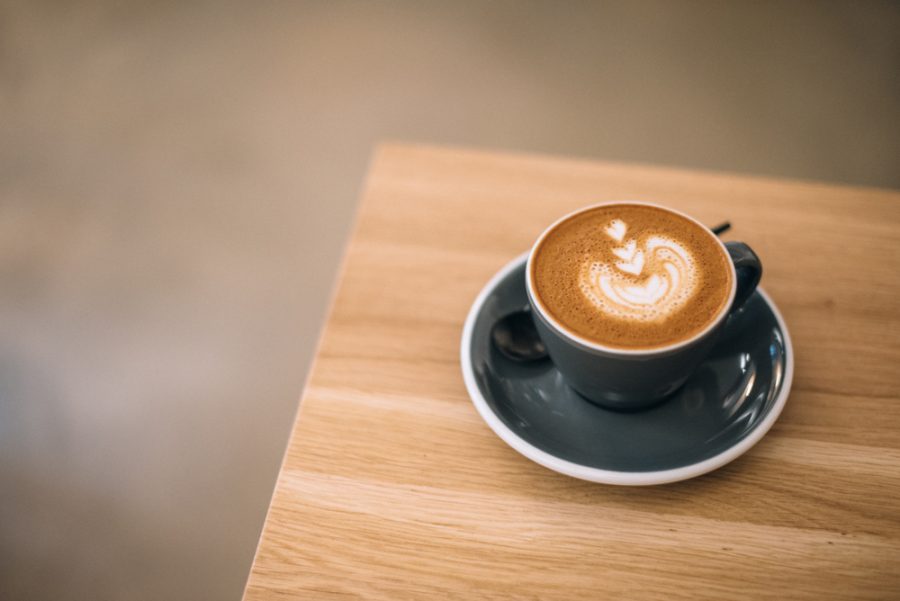
During the roasting process, it releases sweet fruit flavor first. When the roasting process continues, the revival of resurrection decreases and coffee develops a full taste. That’s when the flavor starts to signal a spicy tone and sometimes crazy. The grilled type determines which style is the most prominent.
Part of the coffee that gives him a very awaited bite because your taste hits are acidity. Kona coffee generally has a dynamic but light edge. The real Kona body feels full. Some even refer to it as a little butter on the palate. This is a taste of coffee, and most people associate it with the actual mixture of Kona.
Some facts you need to know about Kona coffee:
1) Fairtrade certified plantation
What do I mean better? Coffee’ fair trade’ is produced on coffee plantations that meet a series of specific standards, including fair wages and no misuse of child labor. It is designed to ensure that farmers in third world countries receive a fair agreement.
Meanwhile, it is a good system, with one defect is a currency incompatibility between the first world countries such as the United States and third world countries. It is better because there is no nation to ‘trade’ with: produced in the United States. This means that family farms are paid in US dollars, and by buying it, you support.
2) Origin of Kona coffee
Kona coffee is cultivated deep in the Hawaii region. This area is located in the Kona district on the Big Island of Hawaii. The tradition of planting coffee beans has been continued by farmers and agricultural owners’ families, which produces more than 5 million pounds of coffee every year.
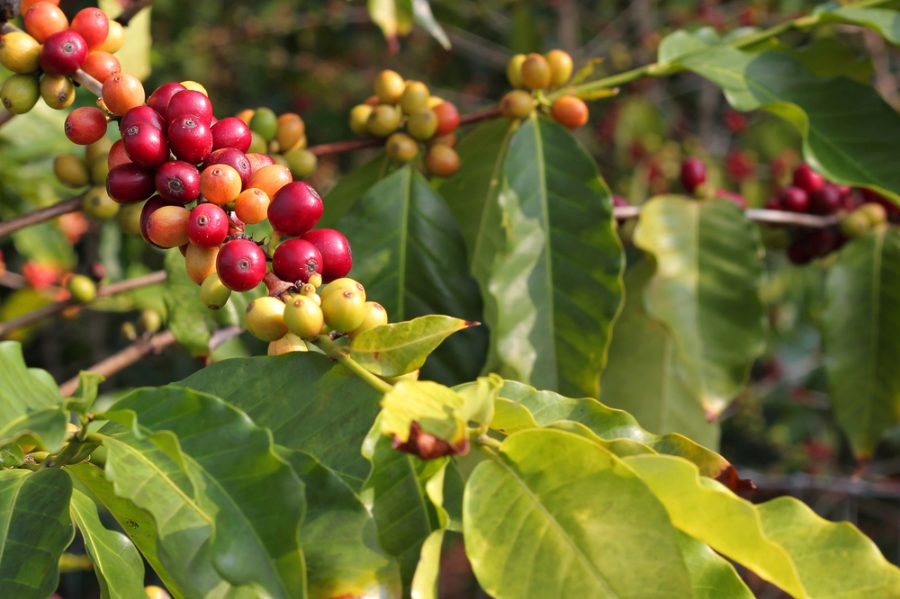
Several farms are dedicated only to growing these coffee beans, and more than 800 farms are present in the region. The Hawaiian Ministry of Agriculture standards plants Kona coffee beans, and the area has grown more than 12 square kilometers.
3) Kona coffee doesn’t use a machine harvester
Kona coffee is picked by hand only. While other coffee areas have harvesters that collect coffee cherries from plantations, the volcanic slope of steep Kona makes using the machine impossible. Therefore, all Kona coffee is picked by hand and checked for quality and freshness. There is something more intimate about coffee made with a human touch.
4) Weather condition for Kona coffee
The overall climatic condition is another reason responsible for the unique taste of Kona coffee. The Kona region receives a lot of sunlight and a balanced cloudy day. The structure tilted from the plantation area has rich volcanic soil, and a lot of rain allows coffee plants to maintain good water content.
Their slopes allow excessive water to dry. The whole process of planting Kona nut plants is very long, and the flowers bloom during the spring, and at the end of the year, from August to January, cherries are chosen by farmers.
5) History of Kona coffee
It is believed that Kona coffee beans were taken by an individual named Samuel Ruggles from Brazilian farms in 1828. There were several pairs for almost two centuries because there was sugar intervention too.
Then, the dominance of coffee continues and remains necessary cultivation in the North and South Zone of the Hawaiian country. In the last few years, when the world has seen a stable economy, there has been a tremendous increase in world coffee demand.
Today, Kona has emerged as the king of the world of coffee because of its superior quality, taste, and aroma. Hawaii coffee company was founded here, which became the leading brand during the 19th century.
6) Different types of bean of Kona coffee
There are two main types of Kona nuts, which are categorized based on their form and appearance, and this division continues further.
- Seeds have two beans per flat cherry and oval-shaped.
- It has one bean per cherry, which is round-shaped, also known as Peaberry Coffee.
Further assessment of the first type of Kona nuts has five more varieties, which are:
- Kona Fancy
- Extra Fancy
- Prime, Choose
- Number 1
The second type of Kona nuts has two more varieties:
- Peaberry Number 1
- Prime
There is also the third type of Kona seeds, the lower class, known as Kona Hawaii coffee.
7) Expensive as compared to other coffee beans
The reason is beautiful weather conditions, unique beans, and careful coffee mixing processes. But, regardless of the reasons mentioned, the main credit was given to the fantastic Hawaiian climate.
When the wealth of the slopes of Mauna Loa and the Hualalai volcano gave their nutrients with such a large environment, it led to high-quality Kona coffee beans. But the seed production per plant is deficient, and agricultural people choose all nuts.
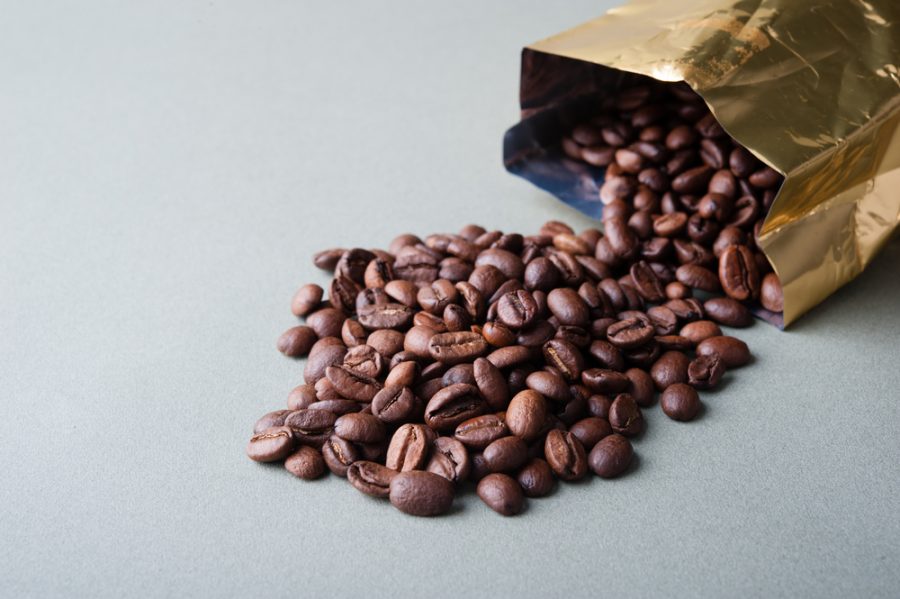
The cost of picking Kona coffee beans is much higher, and the experience of selecting perfect fruits is perfectly involved in making this work. One reason that makes it the best coffee globally is that it has received exceptional scores on the aroma, acidity, body, taste, and aftertaste parameters.
8) Kona coffee Farm support the local school of the area
Back in the 19th century, land confidence was created by Bernice Pauahi Bishop, the last direct descendant of King Kamehameha, established the Kamehameha Bishop Estate School (KSBE), which land included all 600 farms that formed Kona belt coffee.
Each farm rents its land, and the results go to support the Kamehameha school. The primary school is in Oahu, but several other schools, preschools, and scholarships are all funded by Kona coffee farmers.
9) Kona coffee Festival
Kona coffee is an extraordinary miracle that makes people indulge in it. Because Hawaii has become the main tourist attraction globally, besides enjoying the beach, you can also explore Kona coffee farms here. You will learn a lot about the whole process of making coffee, ranging from cherry seeds to processing and traveling to jars. To make all this experience more exciting, a tour group is held for visitors at Kona Beach.
Kona coffee culture festival is held here, which lasts for ten days and has many fun elements, from coffee tasting and cupping competition to shopping and lantern lighting; It sounds fun!
10) Different Blends of Kona coffee
As we know that the price of premium quality coffee is a high sky and the opportunity to get 100% pure Kona coffee can be relatively low. You will not get a combination of different Kona coffee beans because it feels too intense. Some brands sell Kona coffee mix by mixing 10% of it with various coffee from Brazil, Columbia, and other coffee areas that produce coffee.
Blend Kona made coffee prices fall on average and affordable ranges, and it was successfully available throughout the world. So, read details about packaging before buying coffee labeled Kona coffee because the 10% mixture can make you confused.
11) Processing method of Kona Coffee
Berry from coffee was chosen, and then within 24 hours, they poured. After that, they are arranged in a fermented tank. The temperature and time of beans in the tank are the most critical part.
After taking nuts from the tank, the seeds are dried for 14 days on a specially designed roof that protects peanuts from excessive sunlight and rain. It is essential to have a water content level because a large amount of moisture releases chemicals that can make poisonous nuts.
This process plays a critical role in forming and forming the aroma and taste of Kona coffee before grilling and selling it to other companies.
12) Kona coffee is shade-loving
Shade Grown coffee usually refers to coffee plantations that protect their coffee trees by planting larger trees (such as banana trees) that cover the coffee from direct sunlight.
Kona coffee does not need to do this because the clouds in the morning get up and then sit on a coffee tree in the afternoon. Also, Volcano protects Kona from the morning sun because all plantations are on the west side.
Conclusion
Coffee is an absolute healer for mental blocks and illness. Picking the right blend and finely roasted beans is all that matters. Kona coffee is one among them. Keep sipping this aromatic beverage while scrolling down our article. Hope you enjoy them both! Stay tuned with us for more amazing and thought-provoking insights from us.


